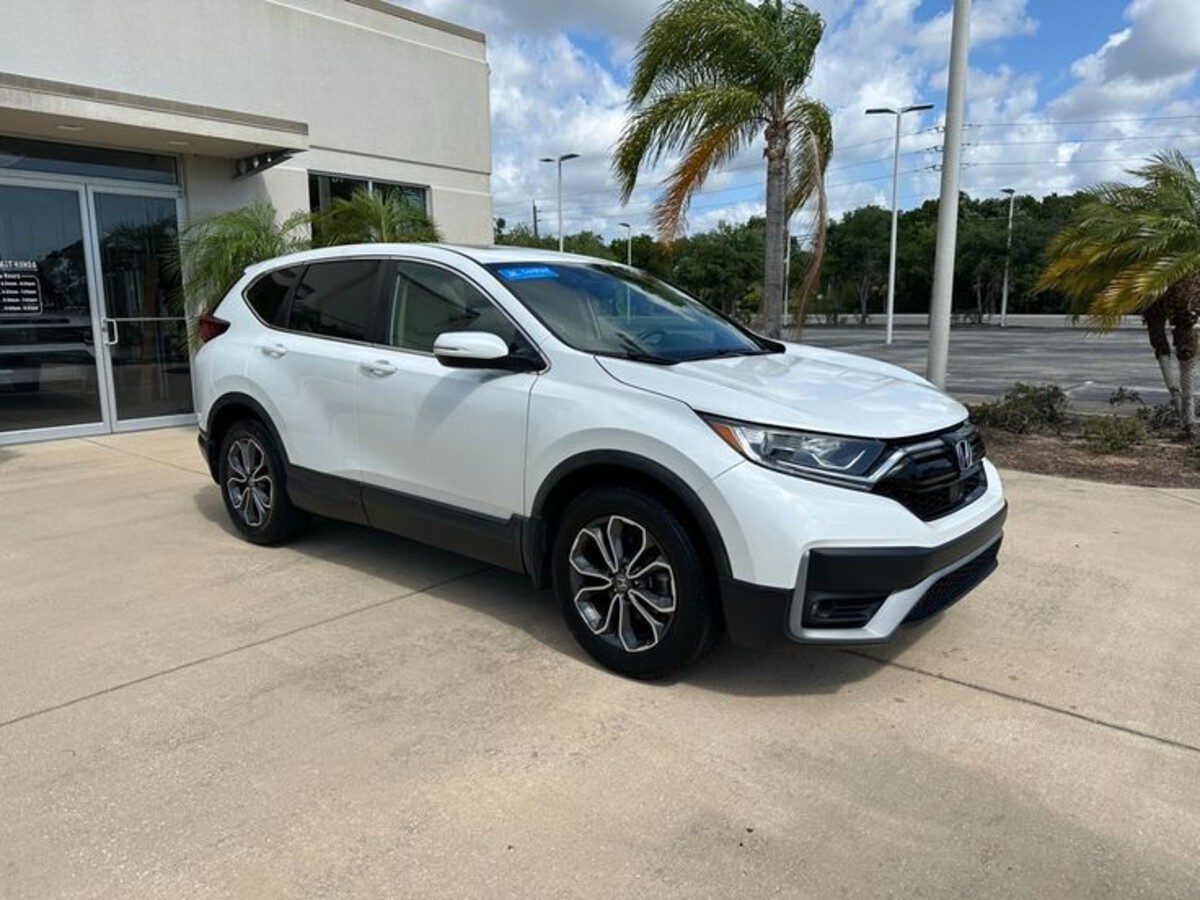Modern vehicles have transformed into more than just means of transportation. The integration of advanced electronics into cars has changed the driving experience, introducing unprecedented measures for safety and convenience.
Owners now weigh the reliability of these systems as much as traditional factors like fuel efficiency and handling.
Although safety electronics can offer reassurance, they can also lead to irritation if not well implemented. This comparison serves to highlight two distinct experiences drivers face today.
There are vehicles whose electronic safety features are recognized for their consistency, smart engineering, and lack of false notifications. These vehicles give drivers peace of mind and allow them to focus without unnecessary interruptions.
On the other end of the spectrum, some seem to bombard drivers with warnings, chimes, and notifications, creating an environment that can be distracting and sometimes sceptical of genuine safety alerts.
For those looking to purchase a new vehicle, understanding how well a car’s safety electronics function is crucial. Beyond the specifications, real-world behavior is what truly matters.
This article first examines vehicles known for robust reliability in their electronic safety systems, followed by a discussion of models that have become notorious for issuing nagging, sometimes excessive, alerts.
Also Read: 5 Base-Model Cars That Resell Best vs 5 Trims That Aren’t Worth the Premium
5 Cars with Bulletproof Safety Electronics
Cars fitted with dependable safety electronics represent the gold standard for modern driving reassurance. These vehicles provide a level of trust for owners, reducing anxiety about system malfunctions or unnecessary alarms.
Car manufacturers invest heavily in research and development to ensure features such as lane keeping, automatic emergency braking, and blind spot monitoring perform accurately, every time.
Why spotlight vehicles with strong reputations in electronic reliability? For families, business travelers, and safety-conscious individuals, the true measure of peace on the road goes beyond airbags and crumple zones.
The assurance that an emergency braking system will work promptly, or that driver assistance features won’t misfire, makes every journey smoother and safer. This section details five cars that consistently exceed expectations when it comes to their safety electronic suites.
These models have built trust through meticulous quality assurance, intuitive engineering, and a focus on delivering technology that supports rather than overwhelms.
Each car has been selected for its history of real-world reliability, high ratings by industry bodies, and positive ownership feedback.
1. Volvo XC90
Volvo has long been synonymous with automotive safety, and the XC90 sets a strong example in maintaining that reputation. Its integrated safety electronics are lauded for both effectiveness and minimal intrusion.
The model’s suite, including Pilot Assist and City Safety, is engineered for reliability, not just features. Numerous industry reviews point to the XC90’s consistent ability to provide timely warnings and interventions only when genuinely needed.
The system’s design hinges on years of user feedback and Volvo’s own accident data analysis. For example, automatic emergency braking is calibrated to recognize real threats, significantly reducing the chances of unnecessary stops.
Lane assist technology operates smoothly, recognizing marked roads accurately without sending out false alerts when the roads are poorly maintained or when snow covers the lines.

Owners frequently mention that the vehicle warns just enough to keep them aware, but not so often that it becomes ignorable or annoying.
Volvo’s software receives routine updates, ensuring it remains at the forefront of reliability. The company also makes sure their dealer network is prepared to address even rare malfunctions quickly and transparently.
Choosing the XC90 means drivers benefit from a history of careful attention to detail, an ongoing commitment to improvement, and field-proven trustworthiness from a brand that has built its legacy on putting safety before style.
2. Toyota Camry
The Toyota Camry is well-known for its dependability, and this extends to its safety technology suite. The Safety Sense package found across recent Camry models has been praised for its reliable, consistent function and limited false alarms.
The focus of Toyota’s engineers has always been to keep drivers informed without distraction. The adaptive cruise control, for instance, monitors the distance precisely and rarely sends incorrect warnings, even in heavy traffic.
The lane departure alert system is another highlight, designed not to overreact to minor road irregularities or momentary steering adjustments.
Owners and automotive reviewers alike note the Camry’s system rarely issues baseless beeps. Instead, it responds to genuine risks in a calm and measured way, which means the few alerts received are taken seriously.
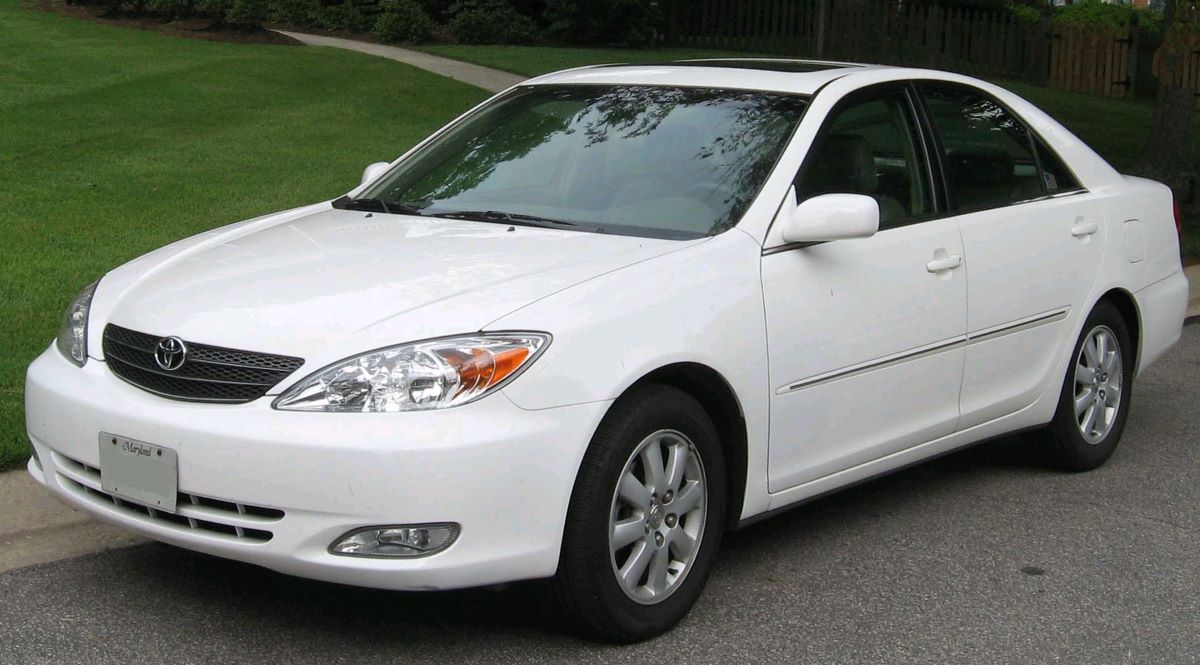
Toyota’s proven track record for quality extends to rigorous testing, with thousands of hours dedicated to real-world conditions. This has resulted in a car where owners are confident in trusting both the car’s hardware and its digital intelligence.
For everyday commuting, long drives, and unpredictable road situations, the Camry sets a standard for electronic reliability, making it a frequently recommended choice for those who value peace of mind in addition to reliability and comfort.
3. Mercedes-Benz E-Class
The Mercedes-Benz E-Class has carved a reputation for advanced, reliably functioning electronics that rarely draw criticism for false alarms or erratic behavior.
The company’s attention to detail is clear in its systems such as Active Brake Assist and the sophisticated Driver Assistance Package. Users frequently report that these features work with a high degree of confidence and only draw attention to concerns that merit action.
Why write about the E-Class here? Its engineering achieves the rare feat of offering extensive safety technologies without the expected burden of constant alerts. For instance, blind spot monitoring and cross-traffic alert work with impressive accuracy.
Many owners find that, even after thousands of miles, they are not conditioned to ignore the rare alert, because the systems maintain credibility through accuracy.

The technological edge stems from Mercedes-Benz’s philosophy, where hardware and software undergo intensive validation.
Practical field-testing, combined with feedback from professional drivers and real-world users, has shaped the system to fit a broad range of environments.
As a result, the E-Class consistently stands out for supporting attentive drivers without bombarding them with unnecessary notifications, reinforcing its place among the smartest choices for sophisticated safety.
4. Subaru Outback
Subaru’s EyeSight Driver Assist Technology in the Outback stands as an example of how robust calibration delivers both safety and tranquility.
This suite of features, present on nearly every new Outback, works reliably even under conditions that trip up rivals, such as inclement weather or poorly maintained roads.
Its stereo cameras provide accurate readings for adaptive cruise control, lane centering, and pre-collision braking.
The Outback is discussed here because it demonstrates what drivers say they want: thorough, nearly invisible protection. Many reviewers and owners praise EyeSight for the calm way it delivers warnings, only doing so when truly required.
It does not overreact to minor deviations or create driver anxiety through excessive beeping. Instead, it filters out the noise of daily traffic and only reacts to situations that pose genuine risk.
An added advantage is Subaru’s track record of updating and improving their electronics through software enhancements, based on real driver input.
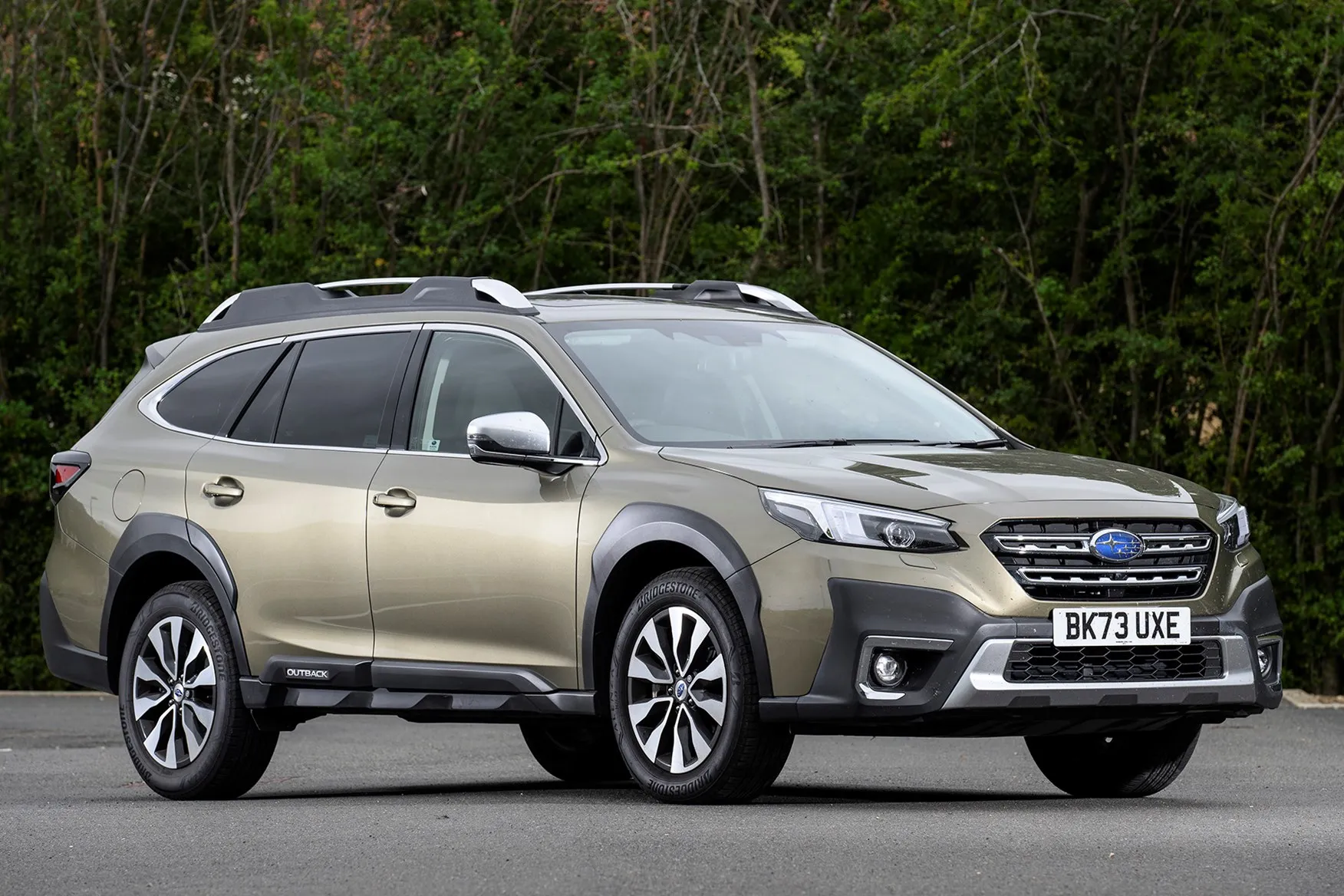
This commitment to refinement means the Outback’s system constantly improves, adapting to driver needs rather than sticking rigidly to original programming.
The result is a sense of trust and partnership between car and driver, and a vehicle that keeps people safe without constant reminders.
5. Honda Accord
Reliable, thoughtfully designed electronics are a key part of the Honda Accord’s enduring appeal. The Honda Sensing suite, standard on most trims, is tailored to avoid the trap of repetitive, meaningless alerts.
The car’s adaptive cruise control, collision mitigation, and lane keeping assist have all been tuned to work together smoothly while remaining unobtrusive.
The Accord is included here for its reputation in providing technology that supports rather than distracts. Industry reviews and owner testimonials mention that false alarms are rare, and genuine hazards are identified quickly and accurately.
Honda devotes substantial effort to long-term reliability and real traffic scenario testing, learning from previous model years to continually adjust system sensitivity.
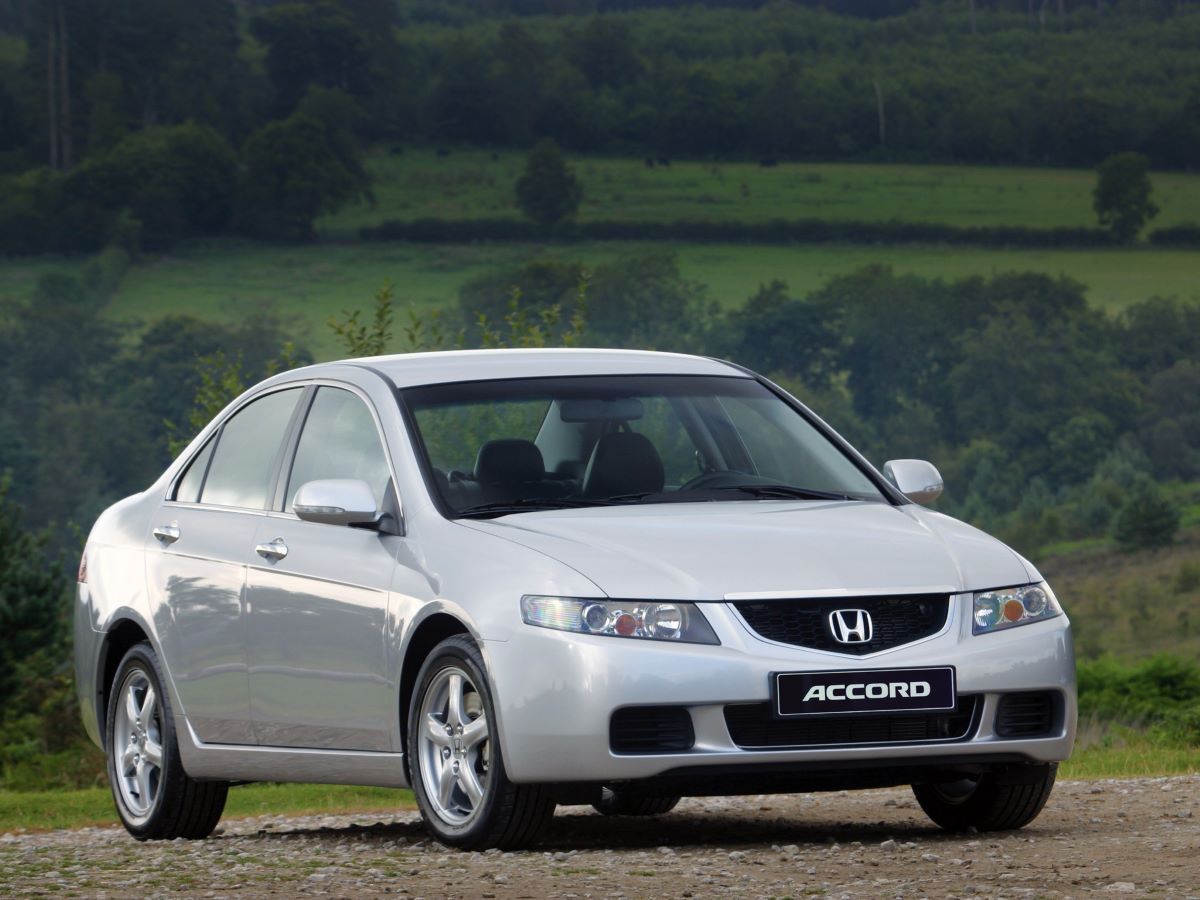
Importantly, the interface communicates clearly and consistently, avoiding cryptic or overwhelming warnings. The Accord manages to blend convenience and reassurance, giving owners confidence that technology is an ally.
Its sales figures and ongoing positive feedback reflect a car that is regarded not just for its reliability but also for its smart approach to integrating technology that gets out of the way except when it is needed most.
5 Cars That Trigger Constant Warnings
On the opposite end of the experience spectrum, there are vehicles whose safety electronics often distract rather than assist.
These cars have become notorious for frequent, sometimes unnecessary alerts that can erode a driver’s confidence in the usefulness of such systems. Instead of providing reassurance, the excessive notifications can turn what should be supportive aids into sources of irritation.
This phenomenon is not purely anecdotal. Ownership surveys, automotive publications, and technology watchdogs have taken note of recurring complaints from drivers.
Overly sensitive collision warning systems, inaccurate lane keep assists, or notifications that seem almost random can foster frustration and complacency, undermining the purpose of these electronic features. People begin to tune out critical alerts, potentially missing real hazards.
Understanding this issue helps consumers make informed choices: if you value a calm drive, you may want to avoid certain models until they receive software improvements.
The following section examines five vehicles most frequently highlighted by drivers and reviewers for their hyperactive warning systems.
Each inclusion is based on patterns in industry reports, recall notices, and a chorus of owner feedback regarding electronic behavior that distracts rather than enhances the driving experience.
1. Tesla Model 3
The Tesla Model 3 offers one of the most technologically advanced suites of driver assistance features, but it also has gained a reputation for triggering frequent warnings and alerts.
The system, while capable of impressive feats such as autonomous lane changes and adaptive cruise, often notifies drivers about nearly every conceivable issue, including overly cautious lane keep alerts and collision warnings in scenarios most drivers wouldn’t consider hazardous.
The focus on the Model 3 here is due to the many reports from owners and reviewers who describe the experience as bordering on nagging.
The car is equipped with cameras and sensors designed to anticipate a variety of risks, but the sensitivity settings often lead to a noisy cabin full of chimes and warnings.
These can include mandatory attention reminders, constant hands-on-wheel checks even during safe conditions, and abrupt collision alerts for objects beside the road rather than in the path of travel.

Tesla issues regular software updates to try and balance vigilance with user experience, but the challenge remains: when drivers are overwhelmed by alerts, genuine threats can be missed or ignored.
The Model 3’s technology pushes the boundaries, but its hyperactive warning system is a reminder that helpful technology must also be measured, or it risks becoming a source of distraction.
2. Honda CR-V (Certain Model Years)
Honda’s CR-V, particularly in recent generations, has often been cited for its overzealous safety electronics.
Owners have voiced frustration over repeated lane departure warnings, frequent beeping for even minor steering corrections, and collision warning systems activating during regular city driving or harmless scenarios.
Why highlight the CR-V? The vehicle serves as a case study in the difficulty of tuning safety electronics for real-world diversity. Its systems, while sophisticated on paper, have sometimes failed to distinguish between regular driving patterns and actual safety concerns.
This can result in a driving experience punctuated with beeps for lane markers on curves, warning chimes for vehicles in adjacent lanes even when there’s no threat, and notifications that quickly lose their authority after too many false alarms.
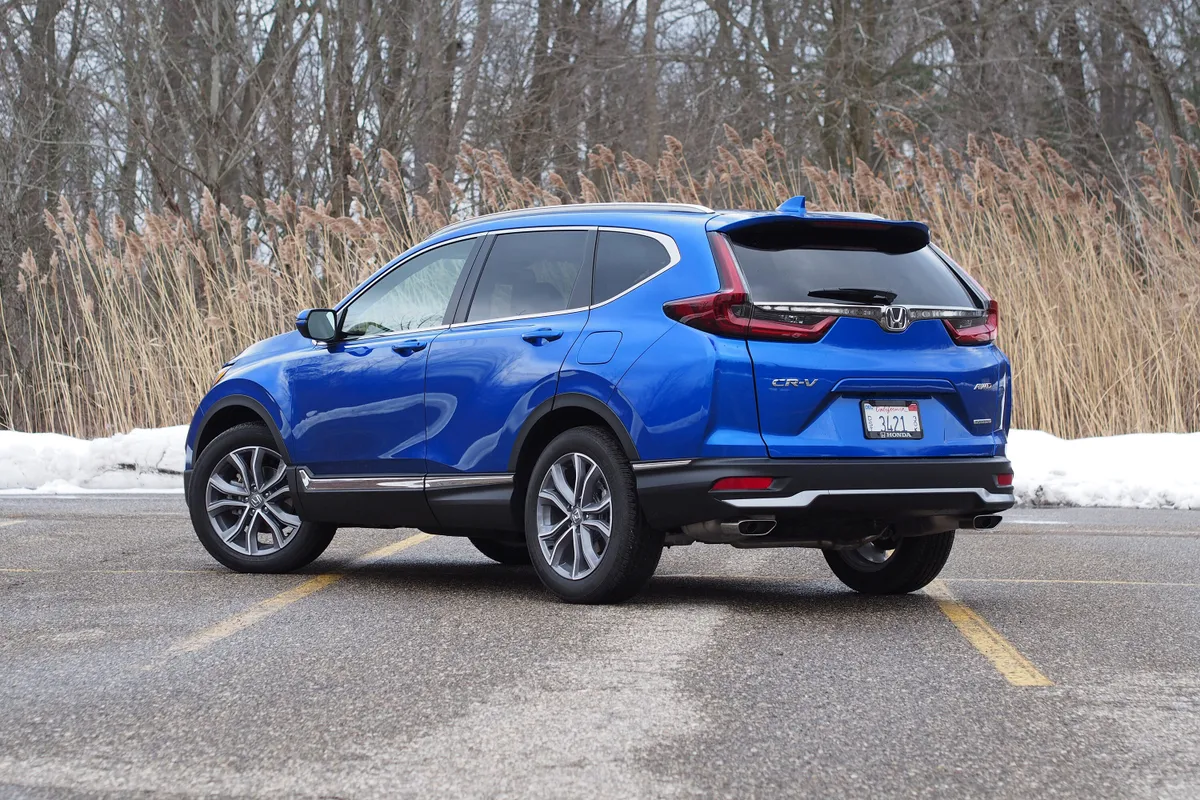
While Honda continues to refine its Sensing suite and has made improvements in recent models, the persistent complaints from a sizable owner community illustrate that even reputable brands can miss the mark with electronic calibration.
The CR-V, in these cases, underscores the need for automakers to prioritize realistic testing and adapt systems to the nuances of daily driving, not just theoretical hazard detection.
3. Nissan Rogue
The Nissan Rogue is praised for its suite of standard safety electronics, yet drivers have reported that these features sometimes lead to a barrage of unnecessary warnings.
Lane intervention, for example, can cut in aggressively even during safe lane changes, and the automatic emergency braking system has been prone to false positives, including abrupt stops for objects that pose no threat.
This pattern is why the Rogue appears in this discussion. Its technologies represent a shift toward more accessible electronic safety, but the side effect has sometimes been a driving environment filled with unneeded interruptions.
Owners detail frequent notifications, such as incessant reminders to check surroundings or warnings for cross-traffic even when roads are empty.
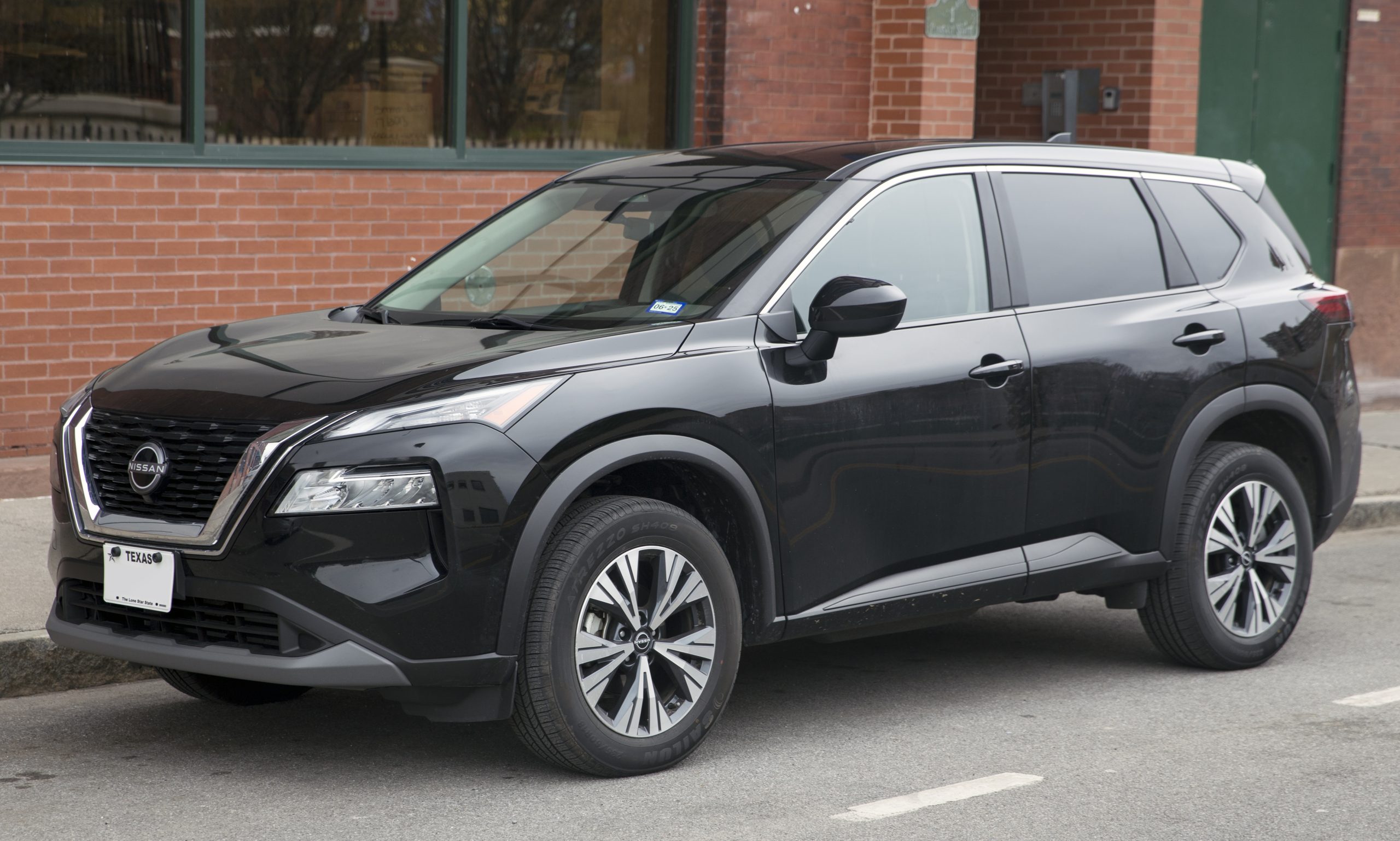
While Nissan has acknowledged these concerns and issued software revisions, the fundamental experience described by drivers points to a need for better calibration.
The case of the Rogue is an important lesson in creating systems that balance vigilance with a calm driving environment. Safety technology should inspire confidence, not apprehension, and excessive warnings can undermine that intent.
4. Volkswagen Atlas
Volkswagen’s Atlas has received criticism for its advanced driver assistance features frequently producing alerts that seem unnecessary.
The forward collision warning and lane assistance systems, meant to offer peace of mind, have been documented as sources of persistent beeping and visual alerts even in non-threatening situations.
Volkswagen’s intentions with these features are no doubt protective, but real-world use paints another picture.
Drivers often share accounts of lane assists activating on winding, well marked roads, or the forward collision system sending out warnings in moderate city traffic where no collision is imminent. These alerts can happen so frequently that some drivers report turning the systems off, which is contrary to their intended purpose.
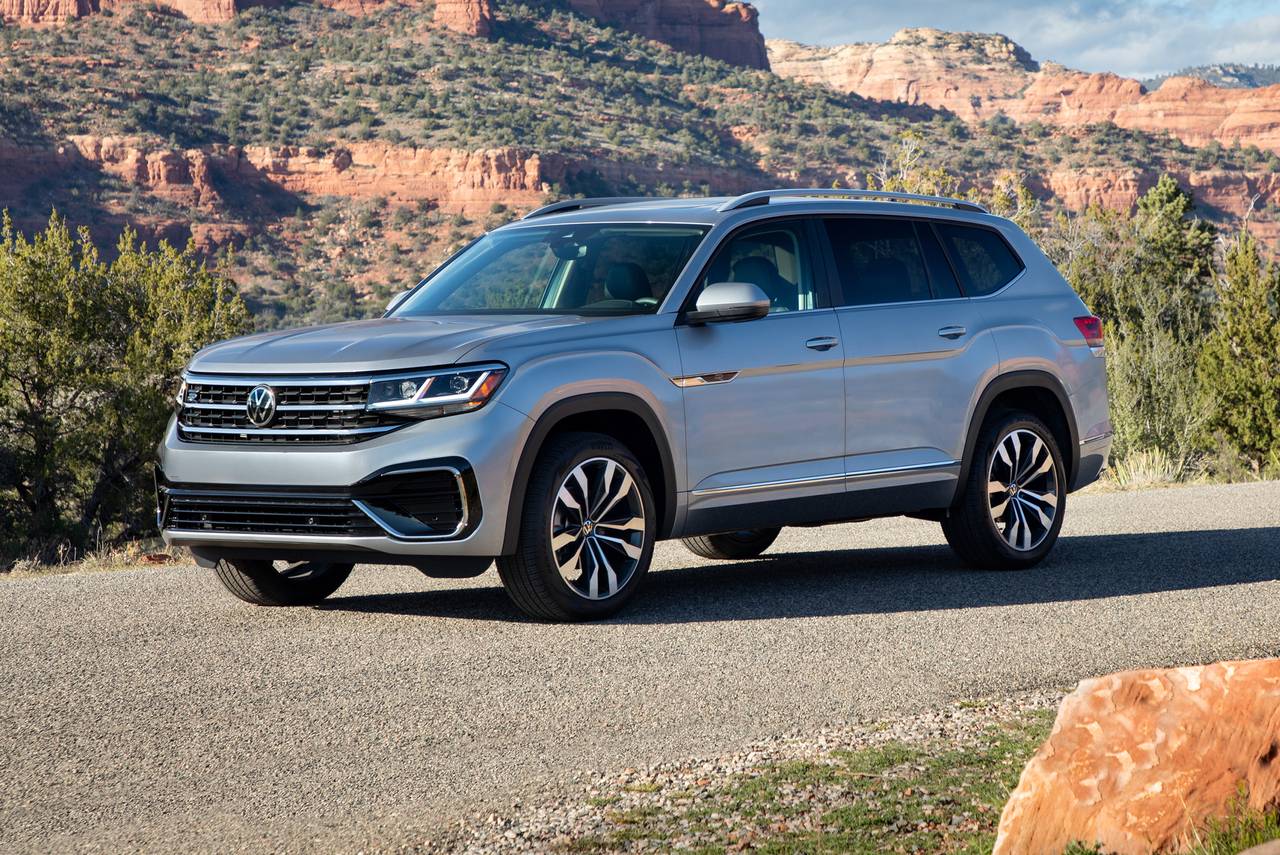
Why is the Atlas included? It exemplifies the challenges automakers face trying to create proactive systems while avoiding information overload.
The Atlas’s warning frequency demonstrates how good intentions can produce counterproductive results if constant alerts cause drivers to either ignore the system or disable it entirely. Manufacturers must strive for more nuanced logic that can discern genuine danger from normal driving patterns.
5. Ford Escape
The Ford Escape rounds out this category thanks to recurring feedback about frequent notifications from its driver-assistance technologies.
Features designed to enhance safety, such as the lane-keeping system and adaptive cruise, have sometimes proved too sensitive, causing a steady stream of chimes and reminders that distract rather than protect.
Drivers commonly mention alerts for lane keeping when merely brushing against painted lines or traveling on narrow roads, as well as collision warnings that seem to activate preemptively for vehicles far ahead or roadside obstacles.
These features, meant to help, sometimes undermine driver confidence by constantly reminding users of their presence.
Ford has provided software updates in an attempt to address these complaints, but user sentiment reflects a need for ongoing improvement in differentiating genuine hazards from everyday driving. The Escape exemplifies the tightrope automakers must walk: providing protection while maintaining a quiet, focused environment.
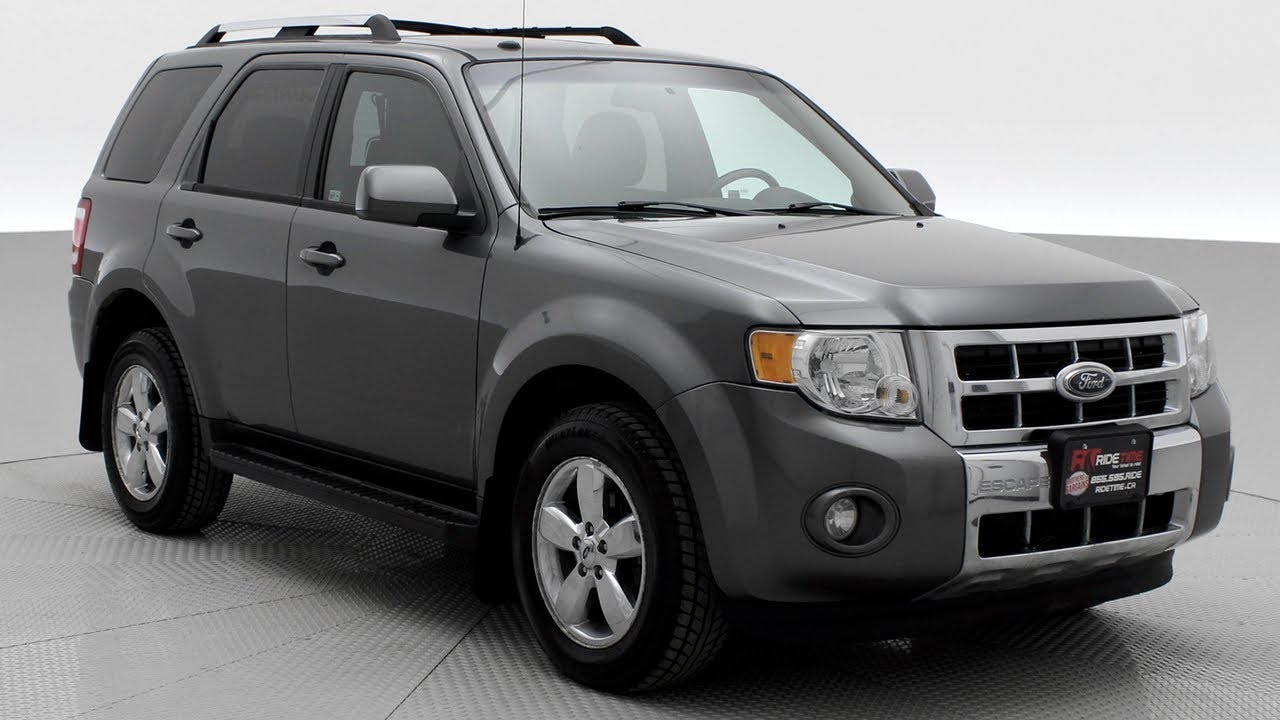
Excessive warnings can erode trust in safety technologies, reminding us that the true value of innovation lies not just in capability, but in the thoughtful application for the people behind the wheel.
Modern car buyers are increasingly paying attention to how well a vehicle’s electronic safety features perform not just whether such features are present.
Electronic systems now play a vital role in day-to-day driving, offering capabilities like lane keeping, automatic emergency braking, and blind spot monitoring.
However, the benefit of these technologies is shaped not just by their inclusion, but by their reliability and manner of operation.
Some vehicles stand out for seamlessly integrating these systems to offer true reassurance, while others are frequently criticized for issuing constant, sometimes unnecessary warnings that can irritate or even distract drivers.
On one hand, there are vehicles known for robust and unobtrusive safety electronics. The Volvo XC90 exemplifies this category, building on Volvo’s legacy of safety by providing meticulously engineered features that warn only when it matters most.
Its system is constantly updated and rigorously tested in real-world environments, making it trusted among families and safety-conscious drivers alike.
The Toyota Camry is another standout, with its Safety Sense suite praised for responding only to genuine risks and rarely sounding false alarms.
Critics and owners alike have noted how the Camry’s features are designed to be supportive without contributing to driving fatigue or distraction. This thoughtful calibration empowers users to trust and act on alerts when they do arise.
Luxury vehicles aren’t left out, as the Mercedes-Benz E-Class demonstrates. Rather than overwhelming the driver, its advanced technologies act with precision and restraint, reinforcing the company’s commitment to both innovation and practicality.
Feedback shows that the E-Class’s warnings are infrequent yet reliable, favoring accuracy over quantity.
The Subaru Outback utilizes its highly regarded EyeSight Driver Assist Technology to filter out the noise of everyday driving challenges, providing warnings only in situations that truly deserve attention.
Owners routinely report that they do not feel pestered by constant chimes or distractions but instead experience true peace of mind.
Similarly, the Honda Accord makes use of the Honda Sensing suite, which integrates seamlessly into the daily driving experience.
It strengthens confidence behind the wheel by avoiding frequent or cryptic alerts, focusing instead on genuine hazards. Extensive testing and refinement mean that the Accord’s technology helps rather than hinders.
On the opposite side, some cars have earned a less enviable reputation for their hyperactive safety electronics. The Tesla Model 3 is perhaps the most prominent example, combining cutting-edge technology with an overwhelming number of warnings.
Frequent hands-on wheel checks, lane departure alerts, and collision warnings even when unnecessary are typical complaints. Although Tesla provides regular software updates to find a better balance, many drivers still feel overwhelmed, sometimes leading to disregard or disabling of critical systems.
The Honda CR-V, especially in certain recent model years, has also faced criticism for sensors that mistake normal driving actions for hazards, such as triggering lane or collision warnings even when no threat is present. This can result in the driver becoming numb to alerts, diminishing their usefulness.
Similarly, the Nissan Rogue has faced complaints regarding aggressive lane intervention and unnecessary warnings, particularly for objects nowhere near the car’s path. These frequent notifications can shift the focus from confidence to anxiety, reducing the system’s credibility in the eyes of users.
The Volkswagen Atlas brings more of the same, with many drivers reporting a barrage of alerts triggered during city commutes or routine highway travel.
This over-cautiousness has led some to disable features altogether, which ultimately defeats the purpose of advanced safety systems.
Closing out this less desirable list, the Ford Escape is known for its steady stream of lane keeping and collision warnings, often sounding the alarm prematurely.
Despite software updates, drivers still note how these distractions impact their daily drives and confidence in the technology.
To sum up, the success of modern safety electronics lies in their ability to strike the right balance between vigilance and restraint.
Vehicles like the Volvo XC90 and Toyota Camry deliver on this promise, offering advanced protection with minimal distraction.
In contrast, cars like the Tesla Model 3 and Ford Escape show that good intentions can backfire when technology overwhelms rather than assists. For consumers, understanding these distinctions is key to choosing a car that offers genuine peace of mind on the road.
Also Read: 5 SUVs That Handle Carpool Duty for a Decade and 5 That Break Before the Lease Ends

